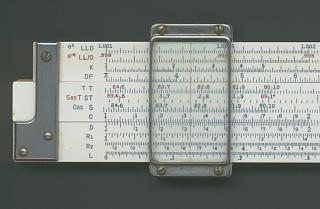These web pages are best viewed at 800 x 600 resolution. |
![]()
| There don't seem to be many topics that cause more problems for beginning science
students – and for a lot of science teachers – than the concept of significant digits. Significant digits (or significant
figures) are used as a way of showing the amount of error in experimental
measurements. If it were not for errors, there would be no need to use them. Scientists know that their results always contain errors Significant digits is one way of keeping track of how much error there is in a measurement. The basic idea behind significant digits is to show the amount of accuracy and precision in experimental results without doing a lot of statistical analysis. They should be properly used in calculations for all experimental work. Since significant figures are a method of keeping track of the amount of error in experimental results, they only apply to experimental measurements. Some numbers are exact, and are not affected by the number of significant digits. Significant digits aren't the only, and are not the best, way of keeping track of errors in experimental data, but they are often used in beginning science classes. Don't get hung up on the rules for significant digits. They are only a crude tool for showing the approximate amount of error in a measurement or calculated result. Use the rules with good judgment, rather than following them rigidly at all times. Results of a calculation that involves experimental results – whether addition, subtraction, multiplication or division – should generally be reported using significant digits.
There is a section quiz for each of the main topics in this tutorial. Make sure you try each of them to see if you have the right concepts. Finally, at the end take the summary test. |
These links leave this tutorial. Use your browser's [Back] button to come back to this page.
National Institute of Standards and Technology (NIST) More information about measurement than you probably knew existed, including guidelines for use of significant digits.
Project Antoine Significant Digits Tutorial Another approach that covers the concept of significant digits in a slightly different way than done here.

Once upon a time, back before the 1970's, almost all scientific calculations were done by using a slide rule. A slide rule could only display three significant digits, sometimes, rarely four. So all calculations were automatically rounded off to three significant digits. The invention of the electronic calculator changed all that. Calculators can easily display many – perhaps eight to ten – significant digits. Realistically though, it would be extremely rare to have data that justifies that many digits in the answer.
So, its largely the calculator that is responsible for the emphasis on significant digits in science classes. You do need to learn how to round off your answer to a reasonable value that indicates how good your information is – no more, and no less.